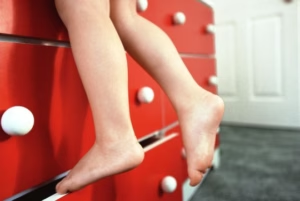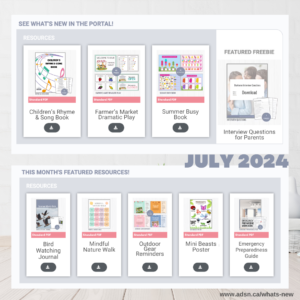household poisons
In 2018 unintentional poisonings caused 3,477 deaths & more than 79,000 emergency department visits in Canada. Most poisonings are preventable.
Many of the items in our homes can be poisonous to children—household cleaners, medicines, cosmetics, garden products, and even houseplants. If these items are not kept out of reach, your child could swallow, inhale, or eat these toxic substances or get them on their skin.
Young children have the highest risk of poisoning because of their natural curiosity. Simply having something locked up may not be enough to keep them away from poisons. My own toddler figured out how to open a few types of safety locks that even I had a hard time opening. Do not underestimate those little hands!
preventing poisonings
- Store poisons locked up tight, out of sight and out of reach of children.
- Choose the least hazardous product available for the job.
- Keep poisons in their original containers.
- Use the lowest-risk form and the smallest amount of product needed.
- Never leave a poisonous product unattended, even for a moment.
- Purchase items that are in child-resistant containers.
Safety Locks
Not all safety locks are created equal. Some locks are more effective than others.
When a poisonous substance needs to be stored in a cabinet we recommend using a magnetic lock if possible. They are not visible on the outside and can only be opened with a strong magnet.
This means even adults cannot access the cabinet unless they have the magnet.


Have a Plan
Post the Poison & Drug Information Service (PADIS) phone number in easy to find places. Add it to your message board or fridge. Another great spot is to add it as a contact in your phone.
learn more
MyHealth.Alberta.ca Network – Preventing Poisoning in Young Children
Injury Prevention Centre – Safe Storage Prevents Poisoning






Responses